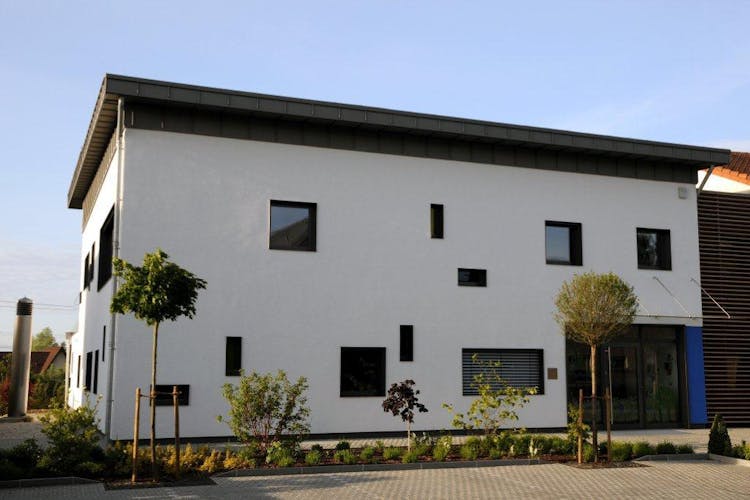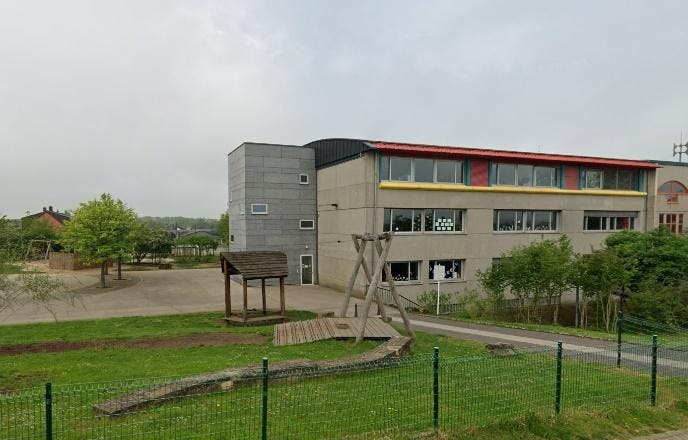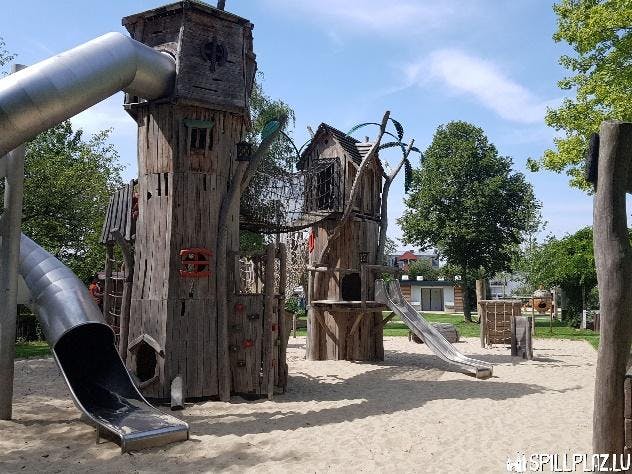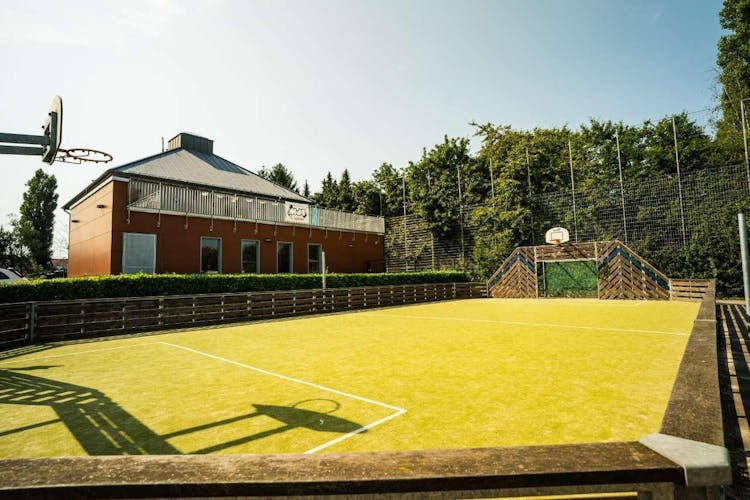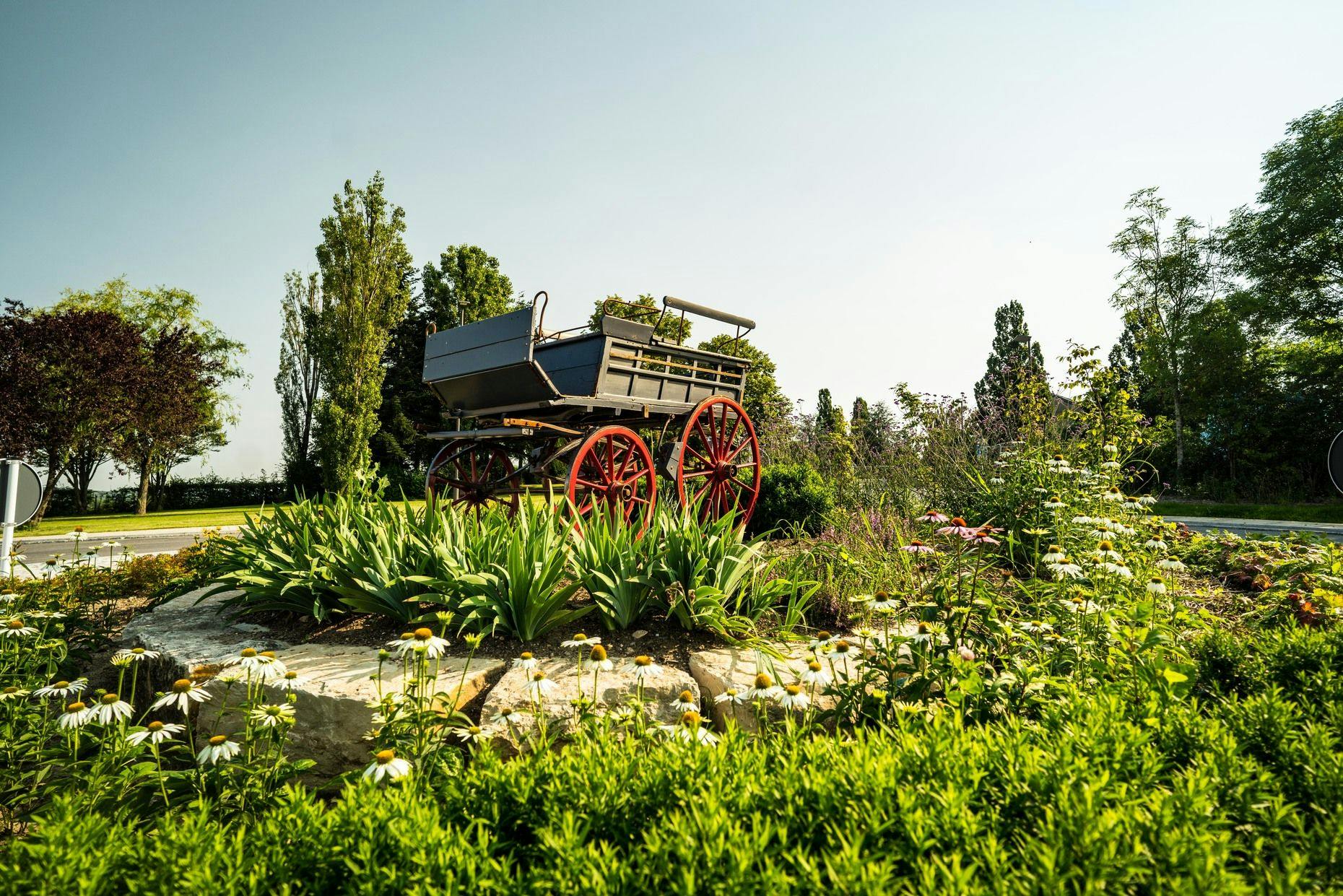
Roeser commune: northern part of Luxembourg bordering France
In this article, we will take a look at the living conditions in Roeser, the prices for renting and buying property, and everything you need to know before moving to this northern commune.
Nestled in the southern region of Luxembourg, the commune of Roeser, situated within the canton of Esch-sur-Alzette, offers a picturesque blend of nature and convenience. Bordering the northern edge of Luxembourg City's Gasperich district, Roeser extends southwards, sharing its borders with France.
General characteristics of Roeser commune
Encompassing seven distinct localities, Berchem, Bivange, Crauthem, Kockelscheuer, Livange, Peppange, and Roeser, the commune is delicately divided by the Alzette River, creating a lush and inviting backdrop with abundant greenery and expansive forests.
These tranquil villages provide a charming living environment, fostering a close-knit community feel amid nature's embrace, all within a mere 20-minute reach of the capital. Roeser maintains strong connectivity to Luxembourg City through the A3 highway and the railway line 6, connecting Luxembourg to Bettembourg, featuring a station in Berchem.
Population of the commune
As of January 1, 2024, the population of Roeser stood at 6,657 individuals, making it the 23rd commune out of the 102 in Luxembourg. This population represents 1% of the country.
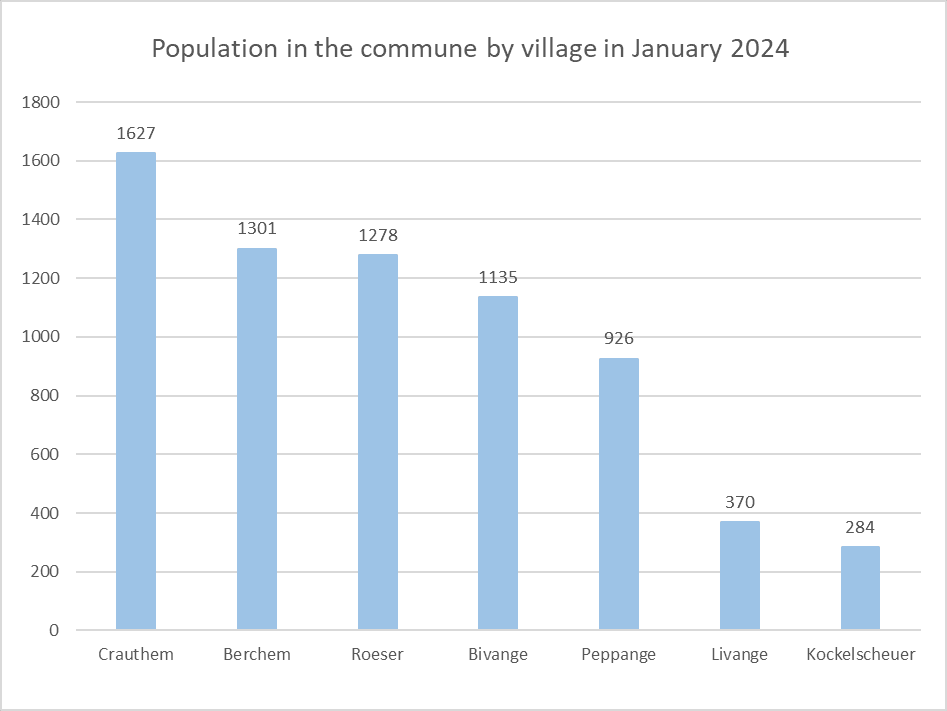
Among its localities, Crauthem is the most densely populated with 1,627 residents, followed by Berchem, Roeser, Bivange, Peppange, Livange, and Kockelscheuer.
The commune has a foreigner percentage of 59.62%, below the capital's average of 70.44%. In terms of area, Roeser spans 23.80 km², ranking 38th in size among the 102 communes.
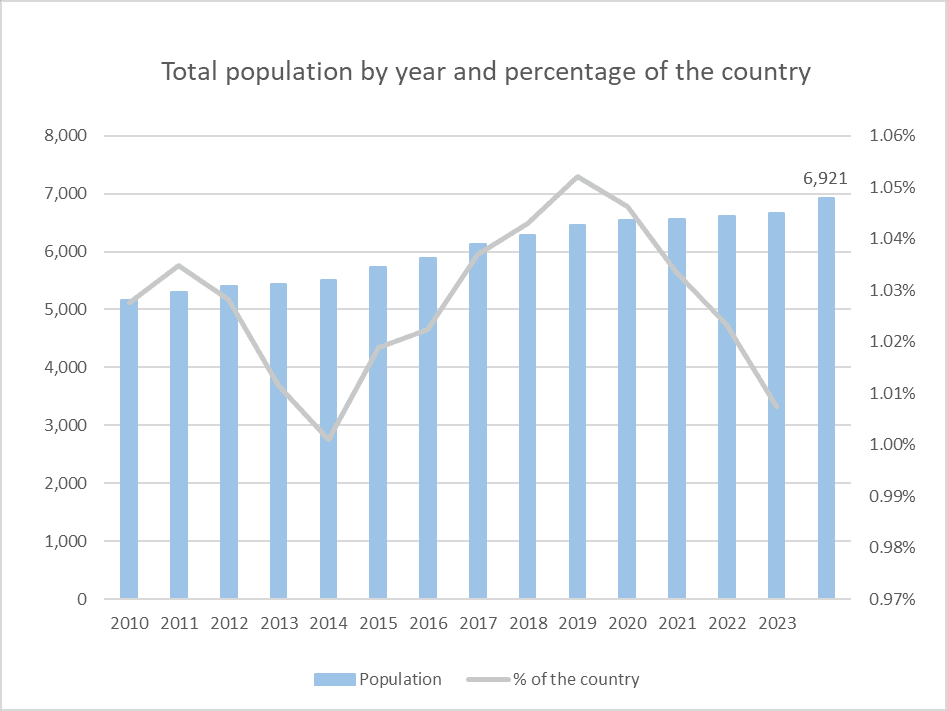
Transport accessibility
Transportation plays a pivotal role in the connectivity of Roeser, enhancing its accessibility to the capital and neighboring areas. The commune benefits from well-established road networks, bus services, cycling options, and a railway station, providing residents with diverse and efficient means of travel.




You can check in detail all the transportation options on the transportation page of the Roeser commune or get detailed instructions to get from one point to another on mobilitet.lu and its route planner.
Renting and buying real estate
Roeser offers the advantage of a pleasant, rural ambiance close to nature, providing a serene retreat from the capital's hustle while remaining conveniently accessible. Housing prices vary across localities, with northern areas generally being pricier than their southern counterparts.
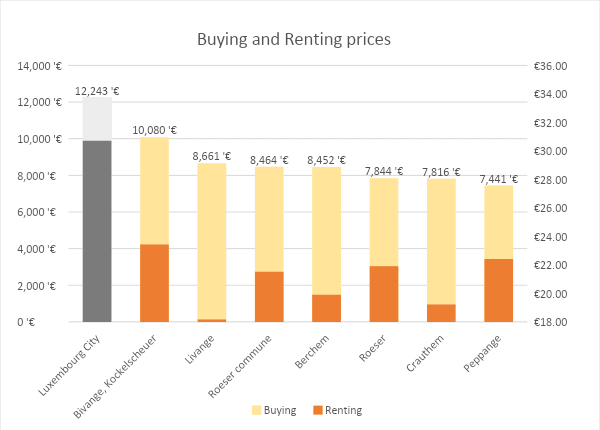
The average purchase prices in the municipality stand at 8,464 euros/m², significantly below the capital's average of 12,243 euros/m². Rental rates are also favorable, averaging 21.52 euros/m², contrasting with the capital's higher average of 30.72 euros/m².
For buying the average price is
For renting the average price is
Applications, search, and profound advice in our guide to renting
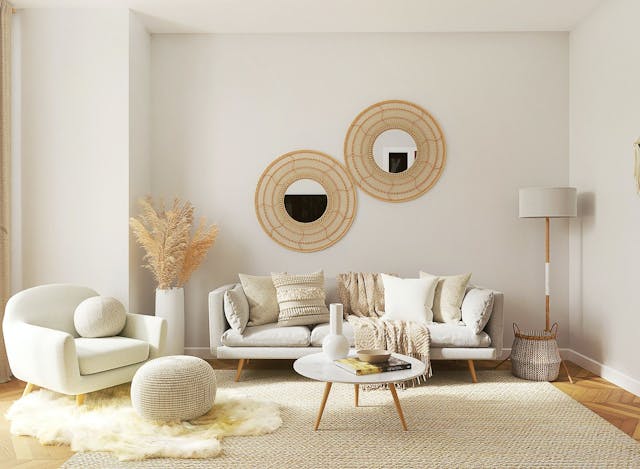
Infrastructure of the commune
Roeser's infrastructure provides essential amenities, featuring a spectrum of facilities. From sports venues like the multisport hall in Berchem to recreational spaces like the Edward Steichen Cultural Center in Bivange, the commune offers diverse options.
While boasting supermarkets such as Match in Livange for local needs, it's essential to note that the infrastructure, though comprehensive, doesn't match the broader offerings found in the capital.
If you're considering making Luxembourg your new home, we encourage you to explore our range of articles that look in depth at the different city communes and neighborhoods.
Pros and cons of living in the Roeser commune
The location of Roeser presents an ideal blend, close proximity to the capital, luxuriating in a tranquil rural atmosphere while being well-connected through various roads and the A3 highway.
A notable advantage is the affordability of real estate, with prices nearly half the capital's average for purchases in certain localities, and considerably lower rental rates. Roeser's charm lies in its rural ambiance, complemented by numerous nature trails for a pleasant living experience.
However, limitations exist in the municipal infrastructure, cultural offerings are confined to communal event spaces, and the absence of secondary schools and large stores means relying on the capital for a more extensive range of amenities.
What can you find in this commune?
Strategic accessibility adds to the appeal of Roeser, making it an ideal haven for those seeking a peaceful lifestyle with the added convenience of quick access to the bustling capital. The community is home to a variety of cultural facilities, schools, and healthcare facilities available to residents.
Roeser primary schools and nurseries
Roeser hosts a public primary school with two campuses, one in Roeser and the other in Berchem. Complementing these, there are two Maisons Relais, providing childcare services in both Roeser and Berchem. Numerous daycare options cater to the needs of children, including Kidscare, Méckenhaischen, La Crèche Coccinelle, Pomme D'amour, Bruna, La Jungle Des Minots, and Schnick Schnack Schnuck.
Roeser Primary School
Maison relais in Roeser
Méckenhaischen Nuersery
La Crèche Coccinelle
Kidscare Livange Turi Nursery
Pomme D'amour Nuersery
Bruna Nuersery
La Jungle Des Minots Nursery
Schnick Schnack Schnuck Nursery
Music schools
Notably, Roeser boasts the Music Factory, a music school founded in 2011 by experienced musicians Cyril Guiot and Jérémie Grandhaye. Beyond being an educational institution, Music Factory serves as a vibrant hub for music enthusiasts, offering various musical activities.
Music Factory in Roeser
Music Factory in Bergem
Secondary education
Roeser lacks secondary schools, necessitating residents to travel to the capital for access to such institutions. While the primary education landscape thrives within the commune, collaboration with neighboring areas is essential for higher educational pursuits.
The primary cultural hub in Roeser is the Edward Steichen Cultural Center located in Bivange.
Learn more about Luxembourg's culture and traditions in our special guide.
Edward Steichen
Maison communale
Berchem Youth Center (Maison des Jeunes)
Peppange Rural and Artisanal Museum
In Roeser, residents have access to two general practitioners, Dr. Stéphanie Kass and Dr. Jenny Linster, both practicing at the Roeser Medical Clinic. Additionally, pediatric care is provided by Dr. Dirk Gerhards and Dr. Elmar Welter, located at 2 Rue Edward Steichen in Bivange.
Roeser Medical Clinic
Pharmacie du Réiserbann
For specialized medical needs, residents may need to travel to neighboring cities or directly to the capital. Immediate pharmaceutical requirements can be addressed at the Pharmacie du Réiserbann.
You can read more about urgent healthcare in our dedicated article: Emergency medical help in Luxembourg: ambulance and hospitals.
Roeser boasts numerous green spaces and over a dozen playgrounds scattered across the municipality, catering to the recreational needs of both adults and children. The Spillplaz website provides convenient information on the location and features of each playground.
Additionally, the commune is known for its extensive network of rural paths, ideal for nature walks. Notable among them is the Sentier didactique in the "Crauthemer Bësch," offering insights into the forest ecosystem over a 4.7 km route with 15 information panels.
Another option is the Sentiers vers la Borne des Quatre Seigneurs, starting from the location "4 Haere-Maark," where four feudal domains converged in the Middle Ages. This trail, winding through various municipalities, features information panels highlighting local heritage and distinctive regional themes, providing an enriching experience for nature enthusiasts.
Roeser provides a diverse range of sports facilities, including a multisports hall in Berchem, a Beach Volleyball court in Roeser, a Basketball court in Roeser, a Football field in Roeser, tennis courts in Crauthem, an intermunicipal swimming pool in Crauthem, a Judo hall in Crauthem, and leisure sports halls (Schiltz, Czekanowicz, and Huesekailchen) in Crauthem.
Hall Omnisport
Piscine intercommunale
Terrains de tennis
Where to do other sports?
For precise locations and detailed information on each venue, it is recommended to visit the dedicated sports page on the commune's website.
For groceries, Livange hosts a Match supermarket, and there are several small local shops across the commune. However, Roeser lacks large stores or supermarkets. Residents seeking a broader shopping selection would need to travel to the city for an expanded retail experience.
Match Livange
Find out more about Luxembourg shopping centers in our article.
Historical overview
The valley of Roeser has a rich prehistoric legacy, dating back to the Stone Age. Archaeological findings, including stone tools like hammers, axes, and flint weapons, indicate habitation by early societies around four thousand years BCE. The Bronze Age, circa 1200 BCE, reveals a more sophisticated way of life near Peppange.
Roman era
Middle ages
French revolution
Railroad developement
World War and Roeser
Frequently Asked Questions (FAQ)
Is Roeser commune close to Luxembourg City by transport?
Roeser commune is situated in the canton of Esch-sur-Alzette, to the south of Luxembourg City. Bordered by Gasperich in the north and extending to the southern border with France, it also shares boundaries with Hesperange, Weiler-la-Tour, Frisange, Bettembourg, and Leudelange. You can reach the capital by personal car, by train or by public bus – all public transport in free in the country and it takes around 40 minutes to hour to reach the destination.
What are the pros and cons of living in Roeser?
Pros include the ideal location, providing close proximity to the capital and well-connected transportation options. The affordability of real estate, a tranquil rural ambiance, and numerous nature trails can lure some people to live here. However, on the downside there are limited municipal infrastructure, cultural offerings confined to communal event spaces, and the absence of secondary schools and large stores, requiring reliance on the capital for a more extensive range of amenities.
What is the real estate market like in Sandweiler?
Sandweiler's real estate market is notably attractive, featuring housing prices that are below the average in Luxembourg City. With competitive prices and diverse housing options, Sandweiler provides a favorable environment for those seeking affordable yet comfortable living spaces.
Are there healthcare facilities within the commune?
Source: fr.wikipedia.org, www.roeser.lu, www.roeser.lu, www.roeser.lu, www.roeser.lu, www.roeserschool.lu, www.mr-roeser.lu, www.meckenhaischen.lu, www.roeser.lu, cmroeser.lu, www.musee-rural.lu, www.roeser.lu, www.immotop.lu
We took photos from these sources: Google Maps, Méckenhaischen website, Spillplaz, Roeser commune website
